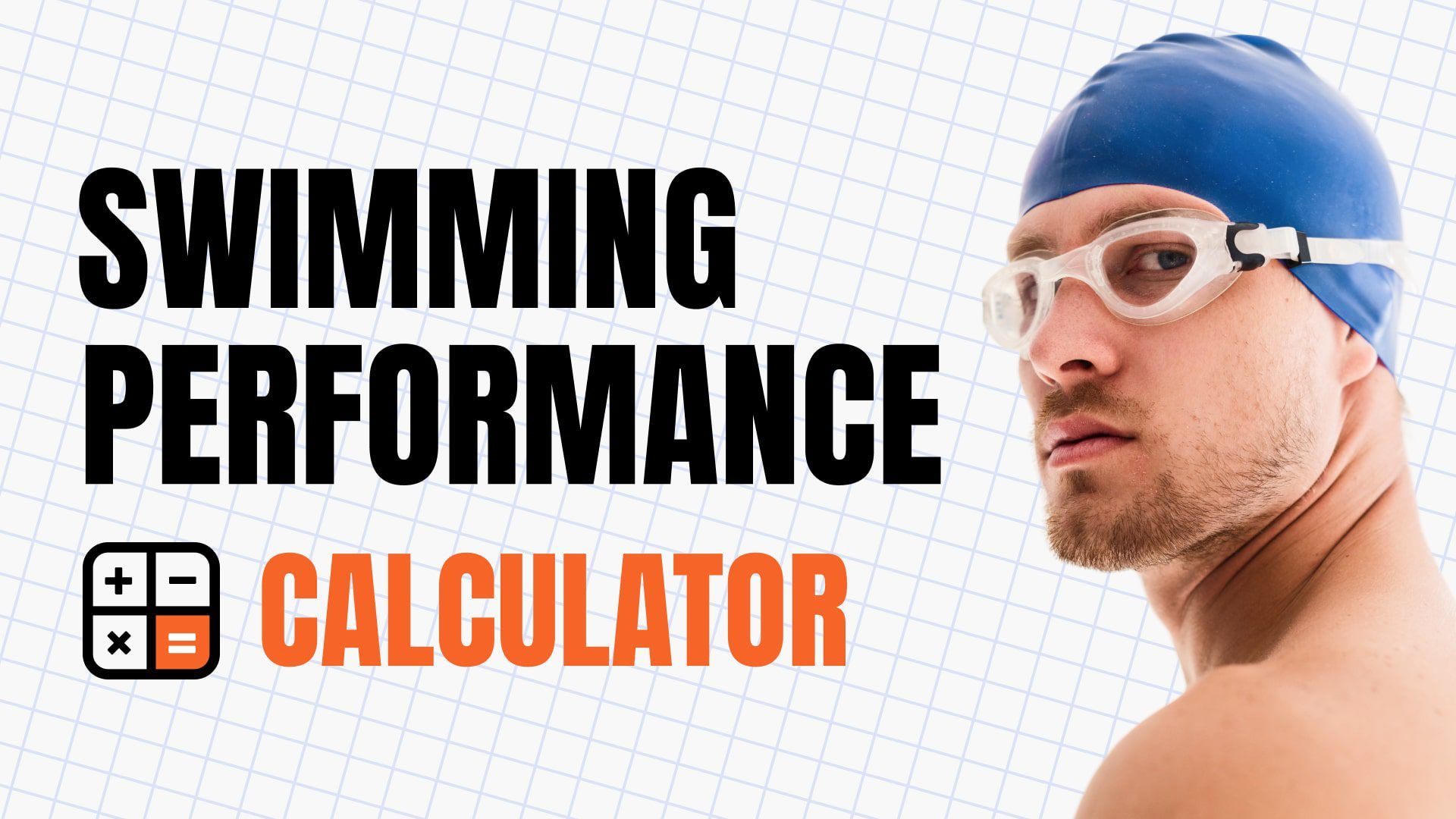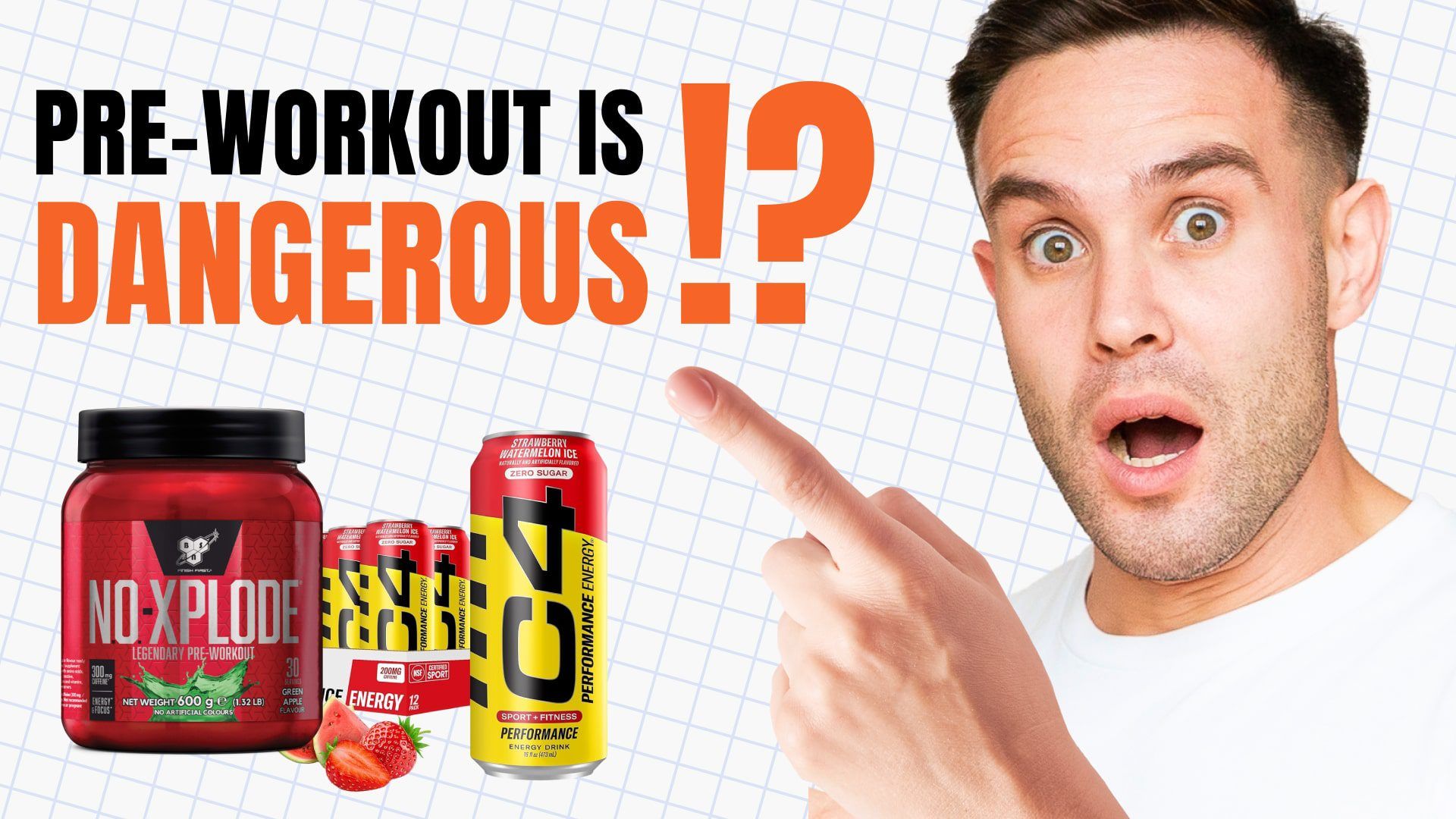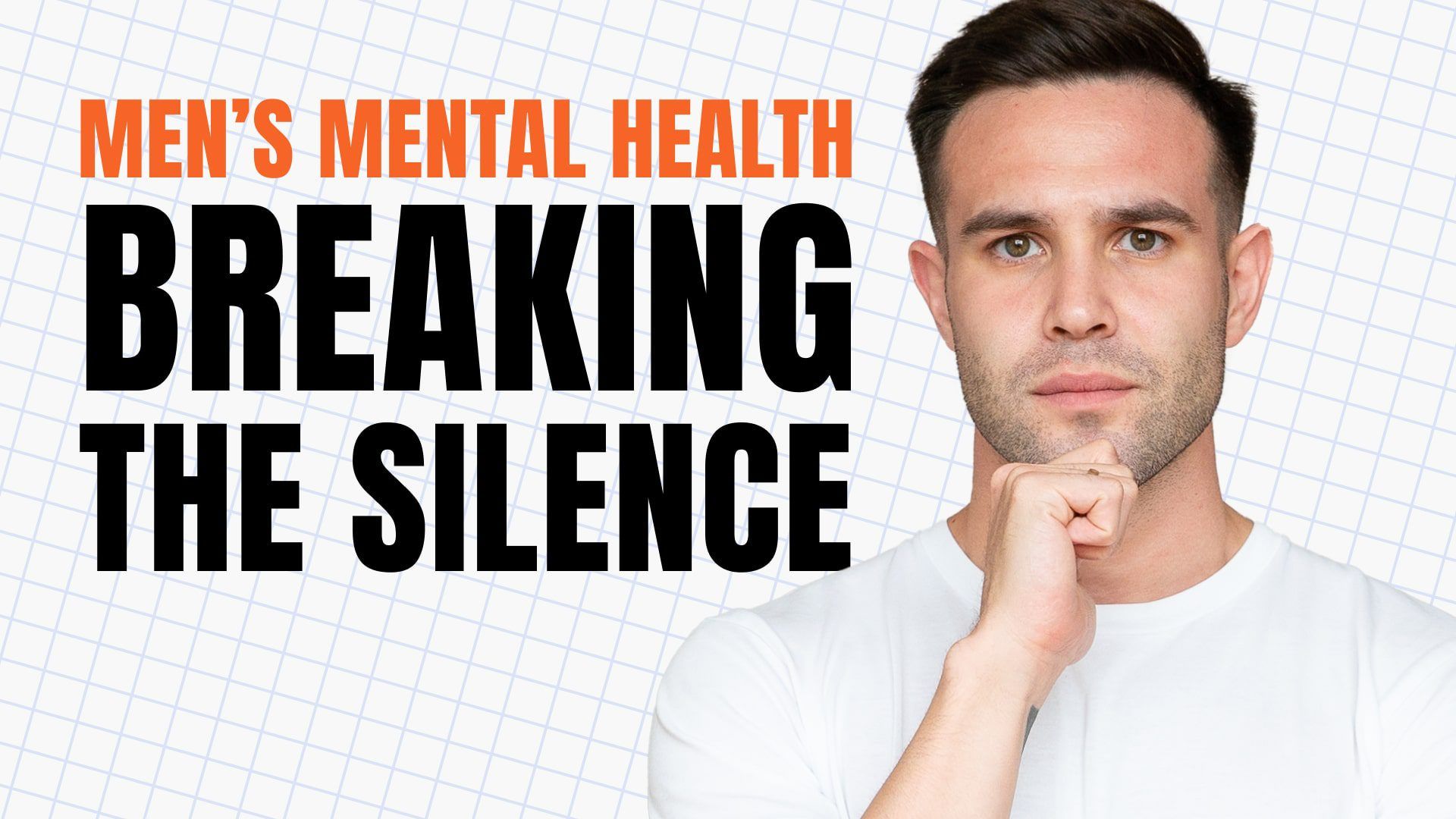
Calculate Your Swimming Performance: Calculator + Guide
Table of contents
In this article, you will learn…
In this article, you’ll explore how to accurately assess your swimming performance using a specialized calculator designed to evaluate your level based on factors such as distance, time, age, gender, and bodyweight.
Whether you’re a beginner or an elite swimmer, this guide will help you understand how your swimming metrics compare to others and what you can do to improve.
Key Takeaways
- The swimming performance calculator allows you to determine your performance level based on specific inputs such as distance, time, age, and gender.
- Understanding your swimming performance helps you set realistic goals and track your progress over time.
- The calculator provides insights into how your performance compares with others in your age group and gender category.
- The results can help tailor your training and highlight areas for improvement, whether you’re aiming for endurance or speed.
How Swimming Performance is Calculated
Key Metrics Used in the Calculator
The swimming performance calculator uses several key inputs to determine your performance level:
- Distance: The total distance you swam, which can be entered in kilometers, miles, meters, or yards.
- Time: The time it took you to complete the distance, broken down into hours, minutes, and seconds.
- Gender: Your gender, as swimming performance can vary between males and females due to physiological differences.
- Age: Your age, as it impacts your endurance and speed.
- Bodyweight: Your body weight, which influences your swimming efficiency and speed.
These metrics are combined to provide an overall assessment of your swimming performance, allowing you to see where you stand in comparison to other swimmers.
Step-by-Step Calculation
Example Calculation:
Let’s say you swam a distance of 1.5 kilometers in 35 minutes and 20 seconds. Here’s how the calculator would assess your performance:
- Convert the distance to kilometers if needed: For instance, if you swam in meters, divide the distance by 1000 to get kilometers.
- Total Time Calculation:
- Pace per 100m:
- Performance Level Assignment: Based on your pace per 100 meters, the calculator categorizes your performance level as Beginner, Novice, Intermediate, Advanced, or Elite. The exact boundaries for each category are adjusted based on gender and age.
- Comparison with Age Group and Gender: The calculator also provides a percentage indicating how your performance compares with other swimmers of the same age and gender. For example, you might be faster than 70% of male swimmers your age.
This process gives you a clear idea of your current swimming performance and how it stacks up against others, allowing you to set targeted goals for improvement.
Interpreting Your Swimming Performance Results
Understanding Your Performance Level
The swimming performance calculator categorizes your results into five performance levels based on your pace per 100 meters:
- Beginner: Suitable for those who are just starting out with swimming or have limited experience.
- Novice: For swimmers who have moved beyond the beginner stage but are still developing their skills.
- Intermediate: Represents a solid level of swimming ability; swimmers at this level are generally consistent and competent.
- Advanced: For those who have honed their swimming technique and can sustain high performance over longer distances.
- Elite: This level is reserved for top-performing swimmers who excel in speed, endurance, and technique.
Your performance level gives you an idea of where you currently stand and what you can aim for in your training. Each level has its own set of challenges and goals, making it easier for you to identify areas where you can improve.
Comparing Your Results to Peers
The calculator also provides a comparison of your swimming performance relative to others in your age group and gender:
Percent Faster Than Age Group: This metric tells you the percentage of swimmers in your age group who swim slower than you. For example, if you are faster than 60% of swimmers in your age group, it means you perform better than the majority of your peers.
Percent Faster Than All Swimmers: This comparison expands to all swimmers of the same gender, giving you a broader perspective on your performance. For instance, if you are faster than 50% of all male swimmers, it indicates a balanced performance across all age groups.
These comparisons are useful for understanding how well you perform relative to others, helping you set realistic and challenging goals. Whether you’re training for a competition or just aiming to improve your fitness, knowing where you stand can be a strong motivator.
The Benefits of Using a Swimming Performance Calculator
Why Track Your Swimming Performance?
Tracking your swimming performance with a calculator offers several key benefits:
- Objective Measurement: The calculator provides a clear, numerical assessment of your swimming ability, allowing you to track your progress over time. This helps you identify improvements or areas where you need more focus.
- Personalized Feedback: By factoring in age, gender, and body weight, the calculator gives you a more accurate picture of your performance compared to general benchmarks.
- Motivation: Seeing your performance level and how you stack up against others can be highly motivating. It gives you tangible goals to aim for, whether you’re looking to improve your speed, endurance, or overall fitness.
- Goal Setting: The calculator helps you set realistic and achievable goals. For example, if you’re currently at an intermediate level, you can aim to move up to the advanced level by refining your technique and increasing your training intensity.
- Training Adjustments: By regularly monitoring your performance, you can adjust your training regimen to focus on specific areas, such as improving your pace or increasing your endurance.
How to Use the Results to Improve
Using the results from the swimming performance calculator, you can make targeted improvements to your swimming:
- Identify Weaknesses: If your pace per 100 meters is slower than you’d like, you might need to focus on increasing your speed or improving your technique.
- Tailor Your Training: Based on your performance level, you can customize your training plan. For instance, if you’re a beginner, you might focus on building basic endurance and technique. If you’re advanced, your training might include more interval work to boost speed.
- Set Incremental Goals: Use your current performance level as a baseline and set small, incremental goals. This could mean shaving a few seconds off your pace per 100 meters or increasing the distance you can swim without fatigue.
- Monitor Progress: Regularly input your new swimming data into the calculator to see how you’re progressing. This will help you stay on track and adjust your goals as needed.
By leveraging the insights provided by the swimming performance calculator, you can optimize your training, track your progress, and ultimately become a more efficient and effective swimmer.
The Limitations of the Swimming Performance Calculator
Understanding the Context of Results
While the swimming performance calculator is a powerful tool, it’s important to recognize its limitations:
- Does Not Account for Technique: The calculator primarily assesses speed and endurance, but it does not measure swimming technique, which plays a crucial role in performance. Even with a good pace, poor technique can lead to inefficiencies and higher energy expenditure.
- Generalized Comparisons: The calculator compares your performance against general benchmarks for age and gender. However, individual factors such as training history, experience level, and specific swimming events are not taken into account. These factors can significantly influence your results.
- Limited Scope: The calculator provides a snapshot of your performance based on a single swim session. It doesn’t account for variability in your performance due to factors such as fatigue, environmental conditions, or changes in training load.
- Body Composition Influence: While the calculator includes body weight in its assessment, it does not differentiate between muscle mass and fat mass. Swimmers with higher muscle mass may perform better even if their body weight is higher, which the calculator might not fully account for.
When to Use Additional Assessments
For a more comprehensive understanding of your swimming performance, consider incorporating additional assessments:
- Technique Analysis: Work with a coach or use video analysis to assess and improve your swimming technique. Efficient technique can greatly enhance your performance beyond what is reflected in pace alone.
- Heart Rate Monitoring: Monitoring your heart rate during swims can provide insight into your aerobic capacity and endurance. This information can help you fine-tune your training intensity.
- VO2 Max Testing: This test measures your maximum oxygen uptake, providing a deeper understanding of your cardiovascular fitness and endurance potential. It’s especially useful for advanced swimmers aiming to optimize their performance.
- Regular Performance Tracking: Use the calculator regularly in conjunction with other metrics to get a holistic view of your progress over time. Track your performance across different distances and conditions to see how you adapt and improve.
By acknowledging the limitations of the swimming performance calculator and supplementing it with other assessments, you can gain a more complete picture of your swimming abilities and tailor your training for maximum improvement.
FAQ
How accurate is the swimming performance calculator for different swimming strokes?
The swimming performance calculator is most accurate when assessing freestyle (front crawl) because this is the most common stroke used in competitive swimming and general fitness.
However, it can still provide useful estimates for other strokes like backstroke, breaststroke, and butterfly, but keep in mind that different strokes have different efficiencies and speed potentials.
For the most accurate assessment, it’s best to use the calculator with freestyle or adjust your expectations accordingly for other strokes.
Can the calculator account for open water versus pool swimming?
The calculator is primarily designed for pool swimming, where conditions are controlled and distances are standardized.
Open water swimming introduces variables such as currents, waves, and water temperature, which can significantly affect your performance.
While the calculator can provide a baseline, it’s important to factor in these additional challenges when using it for open water swimming.
How does the swimming performance calculator compare to using wearable fitness trackers?
Wearable fitness trackers can offer more detailed data, such as stroke count, heart rate, and split times, which can give a more comprehensive view of your swimming performance.
The calculator, on the other hand, provides a quick, accessible way to assess your overall performance based on key metrics like time, distance, and pace.
Using both tools together can give you a more complete picture of your swimming ability and progress.
Should I focus more on improving my pace or technique?
Both pace and technique are crucial for improving swimming performance.
However, if you’re just starting out or notice inefficiencies in your stroke, it’s often more beneficial to focus on technique first. Good technique will make your swimming more efficient, which naturally improves your pace over time.
Once your technique is solid, you can shift your focus more towards improving your pace through targeted training.
How can I use the calculator to prepare for swimming competitions?
You can use the swimming performance calculator to set benchmarks and monitor your progress leading up to a competition.
Input your current performance data to see where you stand, then use the results to set realistic training goals.
For example, if you’re close to an advanced level, you might focus on increasing your pace or stamina to reach that level by competition time.
Regularly updating the calculator with new data will help you track improvements and adjust your training plan as needed.
What are some common mistakes swimmers make when trying to improve their performance?
Common mistakes include overtraining, neglecting technique, and focusing too much on speed at the expense of endurance.
Swimmers might also ignore recovery, which is crucial for avoiding injuries and maintaining long-term progress.
It’s important to have a balanced training plan that includes technical drills, speed work, endurance training, and adequate rest.
How often should I update my swimming data in the calculator?
It’s recommended to update your swimming data in the calculator at least once a month, or more frequently if you’re actively training for a specific goal.
Regular updates allow you to monitor your progress, identify trends, and adjust your training plan accordingly.
This consistent tracking can help you stay motivated and on course toward your performance goals.
Can the calculator be used for triathlon training?
Yes, the swimming performance calculator can be a valuable tool for triathletes. It helps you assess your swimming leg performance and set specific goals within your triathlon training plan.
By understanding your swimming pace and endurance, you can better manage your overall race strategy, ensuring you conserve enough energy for the cycling and running portions of the event.
How does body weight impact swimming performance, and should I consider losing or gaining weight?
Body weight can impact your buoyancy and drag in the water, which in turn affects your swimming efficiency.
Generally, a healthy body weight that supports muscle mass while minimizing excess fat can improve performance.
However, it’s important to focus on overall fitness and technique rather than just weight. Consult with a coach or nutritionist if you’re considering changes to your body weight for performance reasons.
What other fitness activities can complement my swimming training based on my performance level?
Complementary activities include strength training, particularly for the core and upper body, which are crucial for swimming.
Cardiovascular exercises like running or cycling can enhance your aerobic capacity, while flexibility exercises like yoga can improve your range of motion in the water.
These activities can help you build a well-rounded fitness base that supports your swimming goals.
How can I prevent plateaus in my swimming performance improvement?
To prevent plateaus, vary your training routine by incorporating different intensities, distances, and strokes.
Adding interval training, increasing the frequency of your sessions, or focusing on technical drills can also help.
Regularly reassess your goals and adjust your training plan to keep challenging yourself. Rest and recovery are equally important to prevent burnout and allow your body to adapt and improve.
Does age affect the accuracy of the swimming performance calculator?
Age does influence swimming performance, and the calculator accounts for this by adjusting the performance benchmarks based on age.
As you age, your endurance and recovery might decrease, which can affect your performance level.
However, the calculator is designed to provide an age-appropriate assessment, helping you to set realistic goals and track your progress within your age group.
What are the best practices for recovering from intense swimming workouts?
Effective recovery practices include hydration, proper nutrition (especially post-workout meals with protein and carbohydrates), stretching, and rest.
Incorporating active recovery sessions, such as light swimming or yoga, can also help reduce muscle soreness and maintain flexibility.
Ensuring adequate sleep is critical for muscle repair and overall recovery.
Can the swimming performance calculator help me avoid overtraining?
Yes, by regularly inputting your swimming data, the calculator can help you monitor your progress and identify signs of overtraining, such as a plateau in performance despite consistent effort.
If your performance levels off or declines, it may be a signal that you need more rest or a change in your training routine.
Listening to your body and using the calculator as a feedback tool can help you maintain a balanced and effective training regimen.
How should I adjust my swimming training as I age to maintain or improve my performance?
As you age, it’s important to focus more on maintaining endurance, flexibility, and joint health. Incorporating strength training to preserve muscle mass, low-impact cross-training activities, and consistent flexibility exercises can help. Adjusting the intensity and duration of your workouts to avoid overtraining and injury is crucial. Regularly using the calculator to monitor your progress will help you stay on track and make informed adjustments to your training plan.
Conclusion
This article provided an in-depth guide to understanding and utilizing a swimming performance calculator. You learned how to input key metrics such as distance, time, age, gender, and body weight to determine your swimming performance level.
We also explored the various performance categories, from Beginner to Elite, and discussed how to interpret your results to track progress and set realistic goals.
Additionally, we highlighted the benefits of using the calculator, the limitations you should be aware of, and how to supplement your training with additional assessments and activities.
The FAQ section further addressed common questions and provided actionable advice to help you maximize your swimming performance.
Final Thoughts
Monitoring your swimming performance regularly is essential for making informed decisions about your training and ensuring continuous improvement.
By using the swimming performance calculator, you can gain valuable insights into your current abilities and make data-driven adjustments to your workouts.
Remember, swimming is not just about speed; technique, endurance, and consistency are equally important.
Stay motivated, set achievable goals, and don’t hesitate to seek additional guidance if needed.
For more tools, tips, and inspiration, visit my blog and connect with me on social media, where I share resources to help you reach your health and fitness goals.
Works Cited and Relevant Links
- Maglischo, E. W. (2003). Swimming fastest. Human Kinetics.
- Mujika, I., & Padilla, S. (2001). Physiological and performance characteristics of male professional road cyclists. Sports Medicine, 31(7), 479-487.
- Roddy, S., & Wells, G. (2019). Swimming biomechanics: The effect of different strokes on performance. Journal of Sports Science & Medicine, 18(3), 414-421.
- Salo, D., & Riewald, S. (2008). Complete conditioning for swimming. Human Kinetics.
I am not a doctor, fitness coach, nutritionist, or trained health professional. The information I share is based on my personal experience, self-research, and insights from working with health and wellness professionals. My content is for informational and entertainment purposes only and is not intended as health advice.
Always consult with your healthcare provider before making any significant changes to your health routines or treatments. I am not liable for any actions taken based on this information.
Your well-being is my top priority. Stay healthy and take care!









Leave a Reply